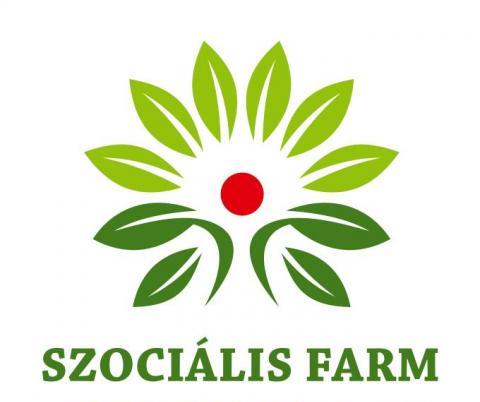
February 10, 2020
This report presents the results of 32 expert stakeholder interviews that examine consumer attitudes, values, expectations and preferences in relation to short food supply chains (SFSC). The interviewees represented the views of consumers, producers, and other actors who work with or within SFSC (e.g., HoReCa, and certifiers) in six EU countries (DE, NL CH, HU, ES, EL), one EU region in Belgium (Ghent), and at the EU level. Consumers were generally perceived to be aware of the environmental impact of food production, although their awareness tended to be at the level of whole chain issues. There was little discussion of the social impact of food production from the point of view of consumers, suggesting that this aspect is underdeveloped. There were also regional differences, with consumers in northern European countries tending to have a greater understanding of environmental and social issues tied to food production than their southern counterparts.
Consumer understanding of SFSC appears to be in terms of local food at the regional or national level. For consumers, local food means small scale production, having a direct connection with the producer, and traditional local specialties. They have a generally positive view of local food in terms of quality and production standards, although some were thought to be concerned about food hygiene and safety. They were also considered to be concerned about the authenticity of the products, particularly consumers in Hungary, Greece, and Spain. Certification and regulation of local products would help to address these concerns.
In terms of preferences, consumers would like to shop for local food the way they shop at the supermarket: having varied food products all in one place, available all year round, accessible, and not too expensive. The relative lack of convenience and high prices associated with SFSC products (compared to products from longer supply chains) were seen as the major barriers to their purchase. Consumers, particularly those belonging to the middle-class, were thought to be willing to pay more for the taste and quality of the product. A small subset of these were considered to be willing to pay more for better production and/or animal welfare standards.
Demand for SFSC products appeared to depend on region, product type, purchase context and consumer segment, although the interviewed stakeholders suggested that increasing supply would increase demand. Consumers were thought to buy SFSC products because of health and environmental benefits, a desire to support their local community, and a preference for tradition. However, relatively few consumers purchase products regularly from SFSC.Demand for SFSC products appeared to depend on region, product type, purchase context and consumer segment, although the interviewed stakeholders suggested that increasing supply would increase demand. Consumers were thought to buy SFSC products because of health and environmental benefits, a desire to support their local community, and a preference for tradition. However, relatively few consumers purchase products regularly from SFSC.
The main segments are:
-people who believe in SFSC values (SFSC advocates);
-middle class families with young children and
-elderly people.
Although trust in the food chain was cited as an issue for consumers, this concept can have multiple manifestations. For some, trust can be built on having a direct relationship with the producer, entailing the possibility of finding out more about one’s food. Trust can also be based on certifications of food safety standards or regulation and monitoring of food supply chains.
More can be done to educate and engage consumers regarding SFSC, and market research is needed to inform which strategy is likely to be most effective in a particular context.
Depending on the target audience, communication about SFSC can take the form of:
-providing information about the cultivation, processing and sensory and nutritional attributes of a product,
-telling the story of the producers struggles and successes with their product,
-communicating in more detail about the natural character of a product and the health benefits associated with it,
-explaining how SFSC benefits local communities, and
-raising the profile of local ingredients and dishes. Consumer engagement activities may include: farm visits/tours, allowing consumers to pick produce themselves, festivals/events promoting local food, and agritourism.















